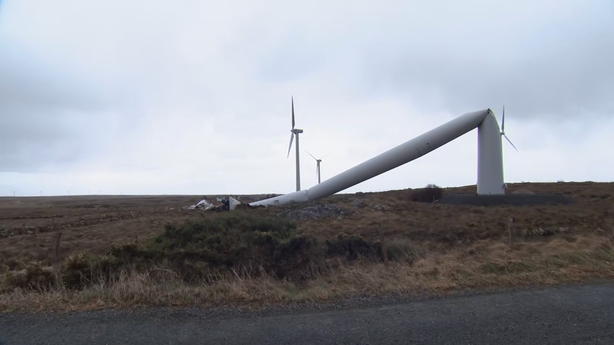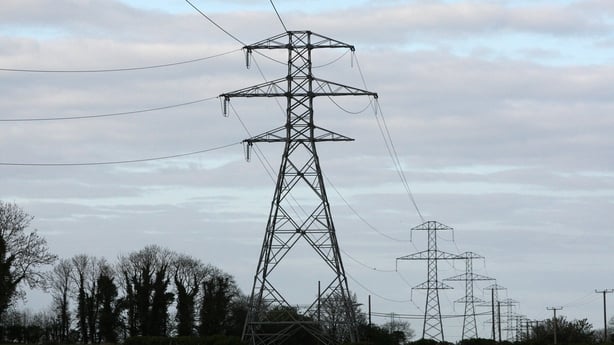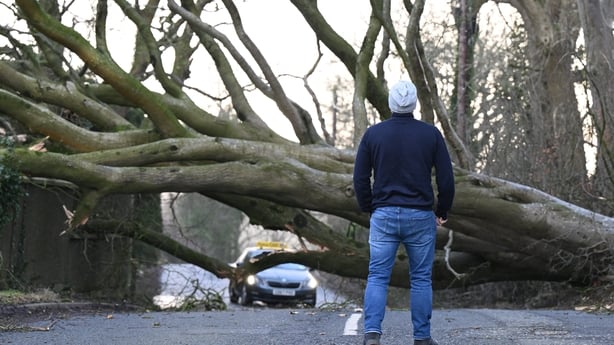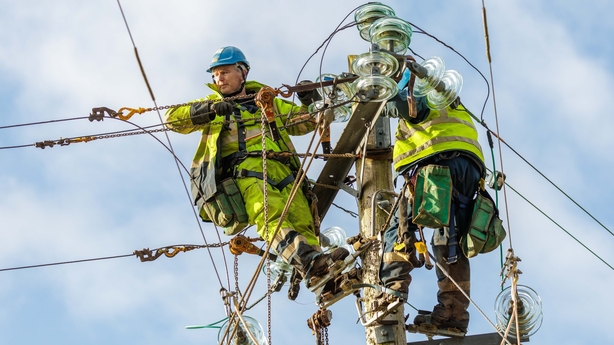If there is one major lesson to be taken from the devastation inflicted by the extraordinary winds of Storm Éowyn, it is surely that we need to focus far more on how we are going to adapt to live with extreme weather events that are certain to get worse in the future.
The Intergovernmental Panel on Climate Change has said clearly in its science reports that it has very little confidence about the links between extreme wind events like Storm Éowyn and climate change.
However, there is no question at all that climate change is worsening virtually all other extreme weather events and related catastrophes.
More and more weather catastrophes will come our way because climate change is locked in, no matter what we do.
The scale of the nationwide damage and disruption to transport, energy, water, and telecommunications infrastructure inflicted by Storm Éowyn was new.

We have had plenty of storm and weather-related damages and costs before.
It is just that it has never been as bad as what Storm Éowyn has inflicted.
We have far more valuable critical infrastructure to lose with far greater levels of business to disrupt and the cost of repairs are sky high for anything to do with homes, farms or businesses.
What Storm Éowyn should have driven home to people in power is that storms are getting bigger, the potential damage is getting greater, and all we have built is more at risk than ever before.

Figures from the ESB show the average number of customers who lost power during the 11 largest events since Storm Darwin in 2014 was 180,000 customers per storm.
Full power restoration in those events took an average of 4.6 days.
This time, however, with Storm Éowyn, four-and-a-quarter times more customers lost power, and full restoration could take up to three times as long.
The scale and urgency of the electricity repair job is unprecedented in modern times.
290km of transmission lines and 1,000 electricity poles had to be replaced after storm Darragh in December.
On that occasion, violent storm force winds and gusts of 144 kilometres per hour disrupted electricity supplies to almost 400,000 customers.
Now just two months later, it is another 3,000 electricity poles and 900km of electric cabling that need replacing.

This is highly expensive, and one way or another, those costs will be passed on to consumers.
That old quip about insanity jumps to mind. You know the one that says the definition of insanity is doing the same thing over and over again and expecting a different result.
Surely it's high time to have a serious debate about the merits of burying overhead electricity cables underground.
The ESB revealed during the week that Ireland has four times more overhead electricity wires per capita than either the UK or continental Europe.
It is a statistic that conjures up a positively primitive impression of our so-called modern infrastructure.
It does not square with the image of a high-tech economy that Irish politicians and businesspeople so often like to peddle.
Electrification of transport, heating, and everything else in our lives is essential for the transition to a low carbon economy.
It is a cornerstone of climate action.

But if power supply is disrupted every time there is a storm, and if those storms are guaranteed to get bigger and more frequent, then people’s confidence in making the necessary investment and transformation required for climate action will be undermined.
The reason we have so many exposed overhead electricity wires may be partly explained by Ireland’s dispersed rural settlement patterns.
However, that does not mean we should ignore the problem and do nothing about it.
It is not just power supply that goes when the electricity poles fall. As we have seen and heard all week from Uisce Éireann and its customers, it is our drinking water and our toilets too.
You can add disruption to mobile telecommunications and internet services to the list.
A review of the National Development Plan is a cornerstone of the new Programme for Government.
A key objective in that review is to find more money for roads to satisfy the independent TDs who are now part of the Government.
After Storm Éowyn however, a more serious focus on building up the resilience of our critical infrastructure and investing in climate adaptation would surely be a very good outcome to any review of the National Development Plan too.
The biggest storm in a century has underlined the inevitable climate risks that lie ahead, and it would be foolish to ignore that.







